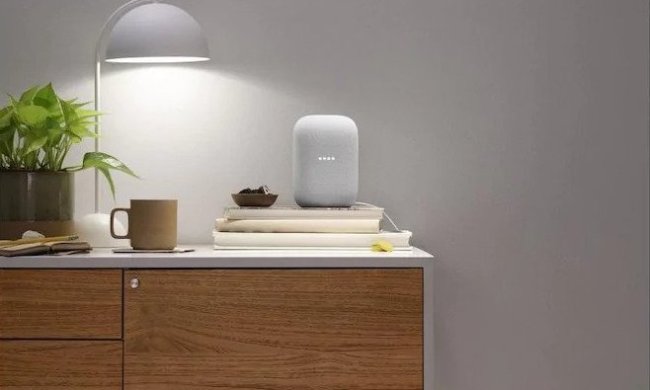Despite what the producers of Dateline NBC would have you believe when they reel in sexual predators off the Internet every week, social networking sites might not be as dangerous as many people generally assume. The National School Boards Association released a study this month [PDF] showing that only .08 percent of students between nine and 17 years old had ever met in real life with someone they met online without parental permission, and only 2 percent had ever been propositioned with such a request.
Of the 1200 students surveyed, 96 percent had participated on social networking sites. Only a small percentage reported negative experiences, with 4 percent saying they had conversations that made that made them uncomfortable, and 3 percent saying they have had persistent strangers attempting to contact them even when they weren’t welcome.
“Students and parents report fewer recent or current problems, such as cyberstalking, cyberbullying and unwelcome personal encounters, than schools fears and policies seem to imply,” the report concluded. More widespread problems were the same kind that kids encounter at school or in other forms of media; 20 percent of students said they had been exposed to inappropriate pictures on the Web, and 18 percent said they ran into offensive language.
The report was partially funded by Microsoft, News. Corp. and Verizon and conducted by Grunwald Associates LLC, an independent research firm.



